Stepping into the Future.
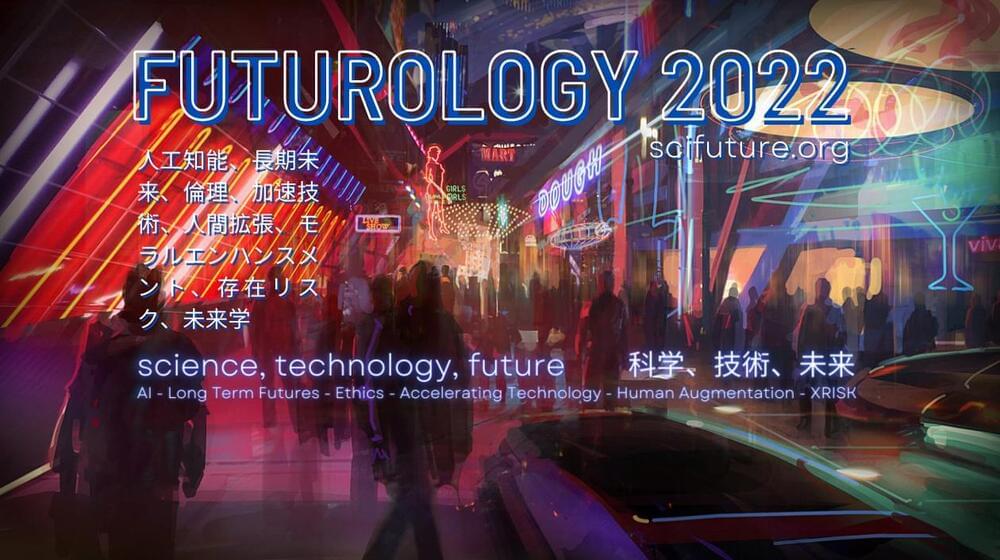


Researchers at the Italian Institute of Technology (IIT) have recently been exploring a fascinating idea, that of creating humanoid robots that can fly. To efficiently control the movements of flying robots, objects or vehicles, however, researchers require systems that can reliably estimate the intensity of the thrust produced by propellers, which allow them to move through the air.
As thrust forces are difficult to measure directly, they are usually estimated based on data collected by onboard sensors. The team at IIT recently introduced a new framework that can estimate thrust intensities of flying multibody systems that are not equipped with thrust-measuring sensors. This framework, presented in a paper published in IEEE Robotics and Automation Letters, could ultimately help them to realize their envisioned flying humanoid robot.
“Our early ideas of making a flying humanoid robot came up around 2016,” Daniele Pucci, head of the Artificial and Mechanical Intelligence lab that carried out the study, told TechXplore. “The main purpose was to conceive robots that could operate in disaster-like scenarios, where there are survivors to rescue inside partially destroyed buildings, and these buildings are difficult to reach because of potential floods and fire around them.”
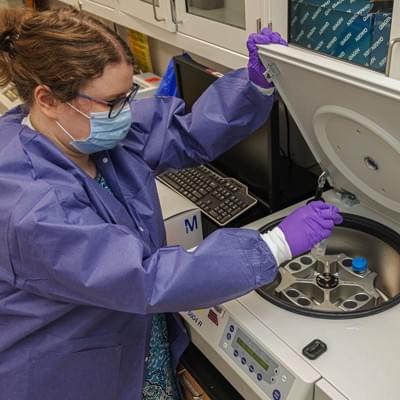
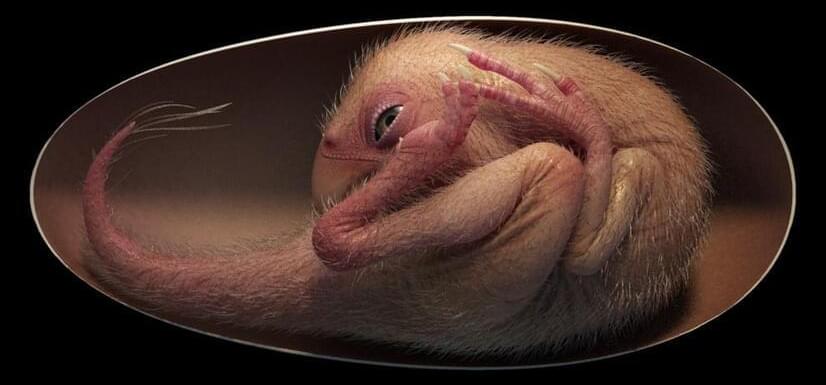

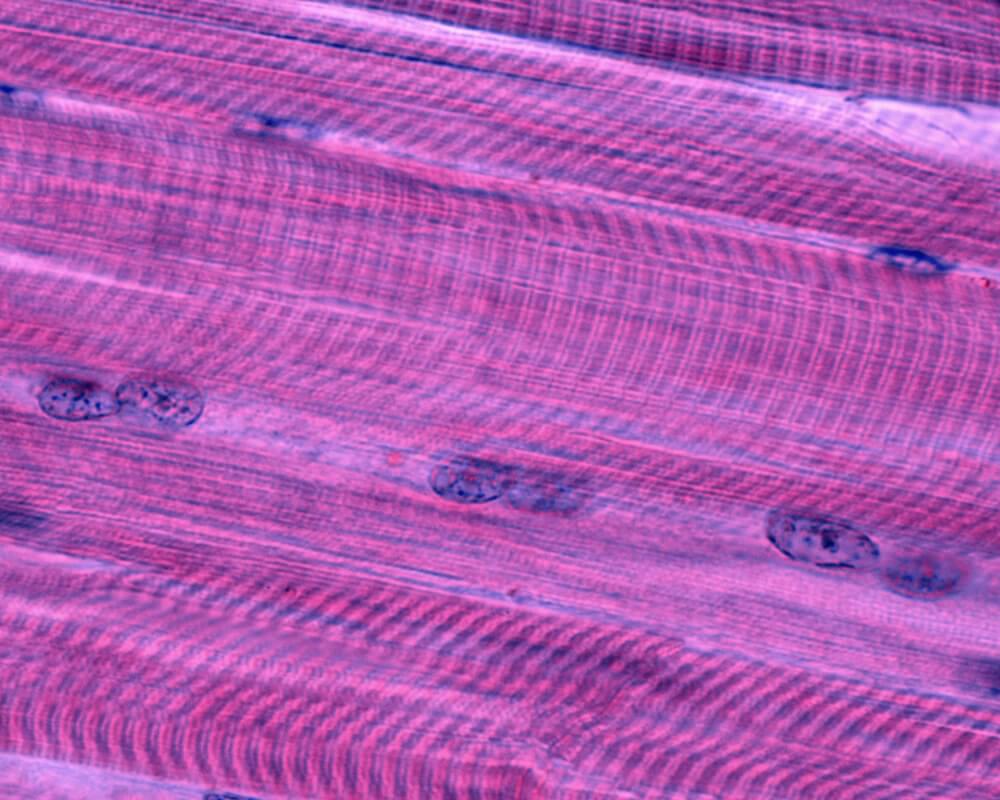

Chemists can manipulate molecules, watch proteins interact and share their work with colleagues in the virtual reality platform.
Chemists may be one of the first researchers to see the benefits of working in virtual reality instead of actual reality. The VR software company Nanome has a 21st century replacement for the ball and stick models that date from 1,865 as well as software models that create 2D images of molecules on computer screens.
The VR platform has won over highly educated researchers who are skeptical of everything who at the same time have been waiting for decades for this technology to mature, according to Steve McCloskey, founder and CEO of Nanome.
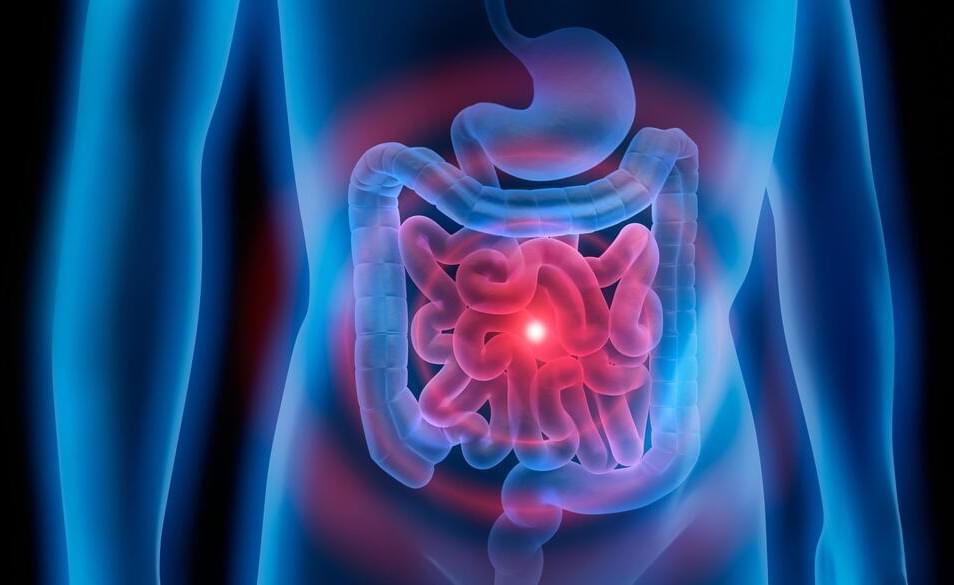
Researchers say they have found a growth hormone in the colon that helps damage DNA, which aides in the aging process. The finding could lead to new therapeutic approaches to aging-associated disorders like cancer.
Whereas circulating pituitary growth hormones decline with age, non-pituitary growth hormones, or npGH, increase with age. That means the colon tissue growth hormone helps initiate the first stages of tumor development and influence the aging process, Cedars-Sinai Medical Center researchers said in research published in the journal Cell Reports.
At the core of the issue is npGH blocking a certain protein from protecting DNA from damage. The protein, p53, is a tumor suppressor that helps repair DNA, but it can also awaken growth hormones.
